Do You Need to Wear Goggles Skiing?
Wearing goggles when you’re just getting into skiing can seem a bit excessive.
But there are three reasons you need to wear them.
Let’s start with a quick overview:
Yes, you need to wear goggles when skiing. Goggles protect your eyes from the sun reflecting off of the snow, flying snow, and the cold wind. The only time you can ski without them is on sunny spring days when you can wear sunglasses.
Let’s dive a little deeper into how goggles protect your eyes and how they work in different conditions to give you more context.
Why You Need to Wear Goggles Skiing
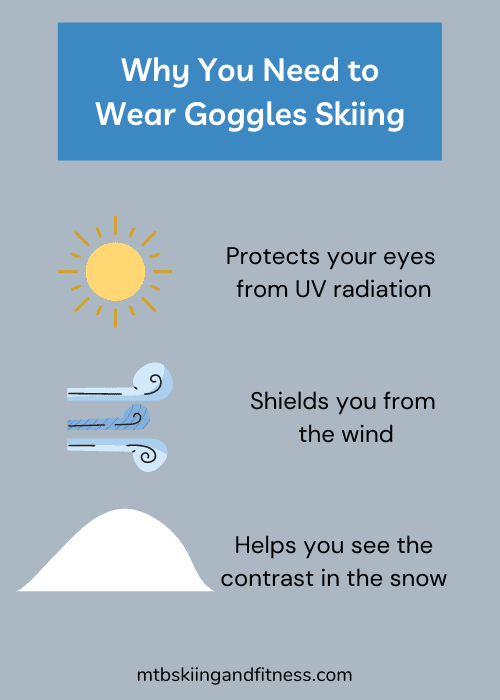
If you’re like most skiers, you’ve never thought twice about why we wear goggles. It’s just part of the gear.
But goggles are actually a piece of protective equipment. And they play a large part in protecting you from the elements and making the ski experience more enjoyable.
So to understand why you need to wear goggles, let’s look at how they protect you.
Protect You From the Sun
Goggles protect you from the sun. On a sunny day, the snow can reflect up to 90% of the sun’s UV radiation, doubling its strength. This UV radiation can damage your eyes and burn your skin. Thankfully, goggles have lenses that diffuse and deflect the radiation, which lets you ski all day without worrying about your eyes.
Protect Your From the Wind
Wind is very common on the ski mountain. Whether it’s a snowy or clear day, there is bound to be some gusts of wind. Goggles act as a shield and protect your eyes from the wind. The foam face pads form a seal around your face to keep the wind out.
This also applies to the wind you create when skiing downhill. Goggles protect your eyes from tearing up as you cruise down the slopes.
Goggles Improve Your Depth Perception
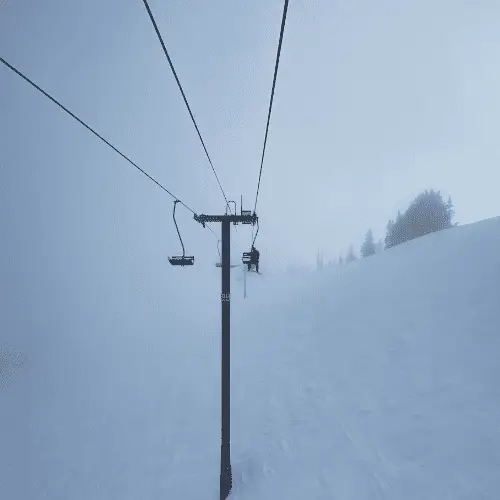
Since the snow is very white, it can be difficult to see subtle changes in the terrain. Thankfully,
goggle lenses improve your depth perception.
Most goggles come with two lenses, a low light lens, and a sunny lens. Ensuring you have the right lens for the conditions.
To better understand why goggles are an essential part of your ski gear, let’s look at how they work in different conditions.
Goggles on Powder Days
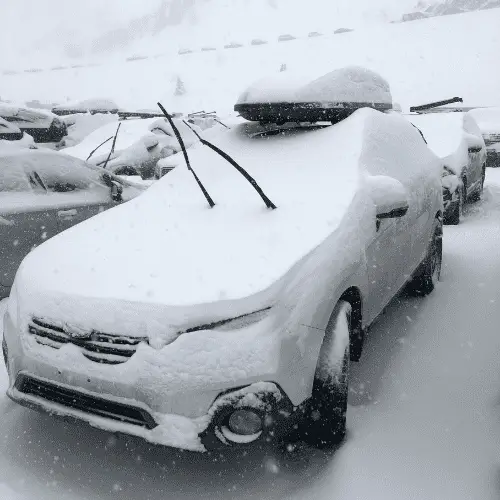
A powder day is a ski day when it has just snowed or is currently snowing. Goggles are a godsend in these conditions.
When it has just snowed and is not currently snowing, chances are you’ll end up spaying some snow into your face. Goggles protect you from getting the powder in your eyes and losing your vision.
When it’s snowing, chances are it’s also windy. Goggles will keep the snow from blowing into your eyes and help keep your face warm.
On powder days, use your low-light lens. It will improve your visibility and help you see the contrast of the terrain.
But once the storm has cleared and the sun has come out, should you reach for your sunglasses or continue to wear those goggles?
Goggles on Sunny Days
On a sunny day, it can be tempting to ski without goggles. But arguably, these days are the ones where you need them the most.
As I mentioned earlier, snow reflects the UV radiation from the sun. So you should still wear your goggles to protect your eyes and use your sun lens.
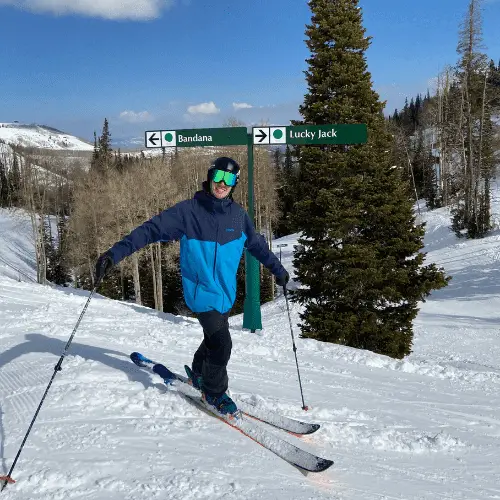
Further, since you can see better on sunny days, chances are you’ll be skiing faster. You’ll want goggles to protect your eyes from tearing up at high speeds.
Lastly, you can’t get a goggle tan without ski goggles. Worn as a badge of honor by ski bums everywhere, a goggle tan is when you get a tan line between the top and bottom half of your face. If this isn’t appealing to you, don’t worry. If you wear enough sunscreen, you’ll avoid these tan lines.
Goggles on Spring Days
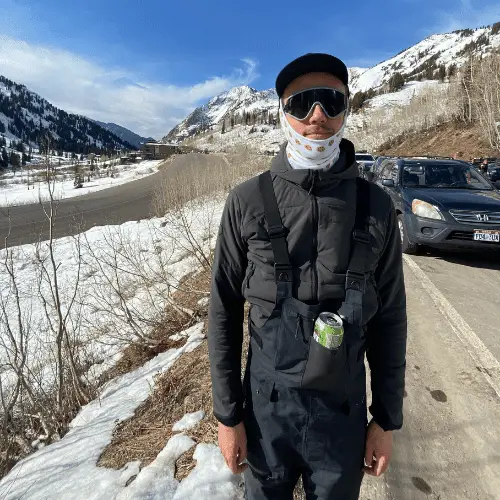
Spring skiing is the only time you can ski without goggles. Starting in late March and going through early May, spring skiing has warm temps and slushy snow.
If it is warm enough and there is no wind, you can ski in sunglasses. In fact, if you use goggles, you might find yourself sweating more than you would like.
Just remember to wear sunglasses with dark lenses and wear sunscreen. That UV radiation is still out there.
Are Goggles Necessary for Beginners
If you’re a beginner, wear goggles. It will help you get used to wearing all the gear associated with skiing. It will also protect your face from the elements.
If you’re sure it’s going to be a sunny day and it’s not that cold, you could wear sunglasses. Just remember, the more time you have to think about the other parts of your gear, the less you will be able to focus on skiing itself.
Summary
Always default to wearing goggles when skiing. This rule of thumb will protect you from the elements and prevent you from ending up in an uncomfortable situation.
If you have any questions feel free to leave a comment or send me an email.


